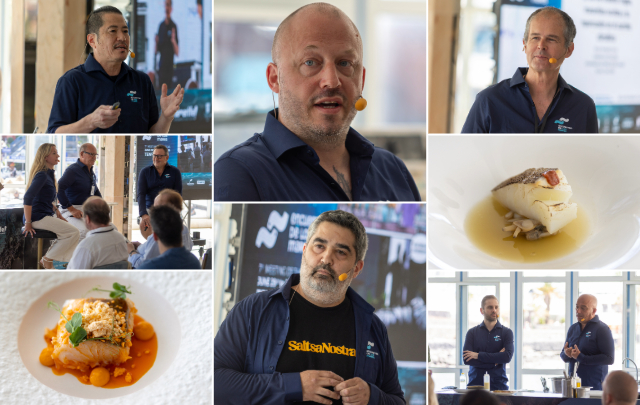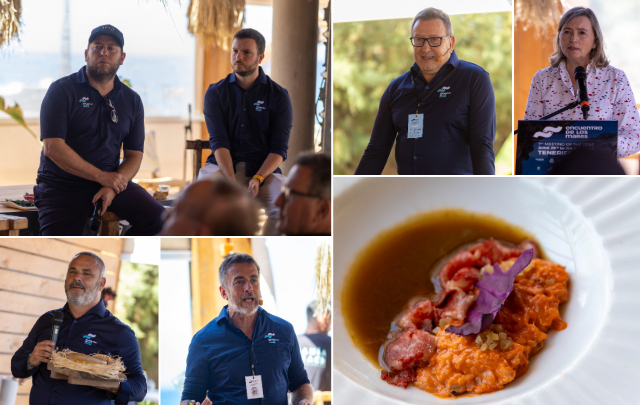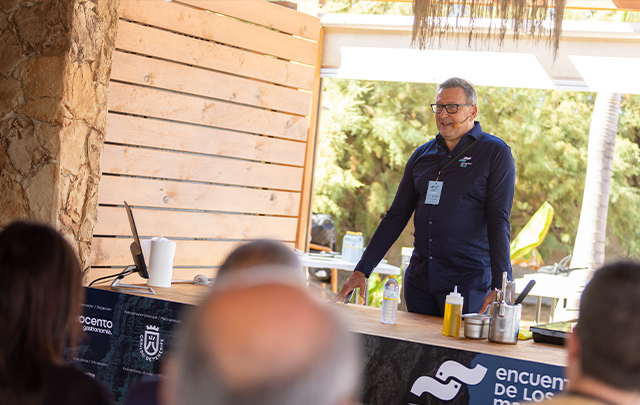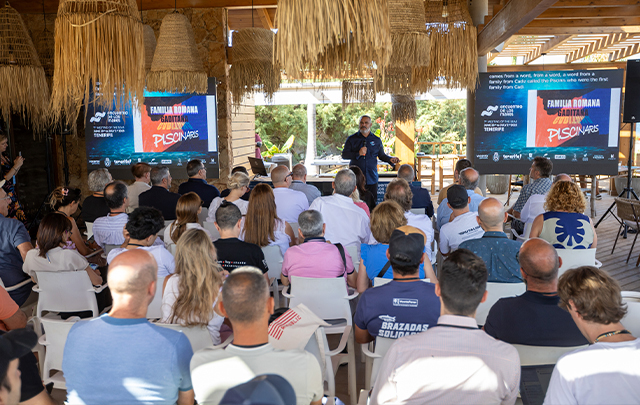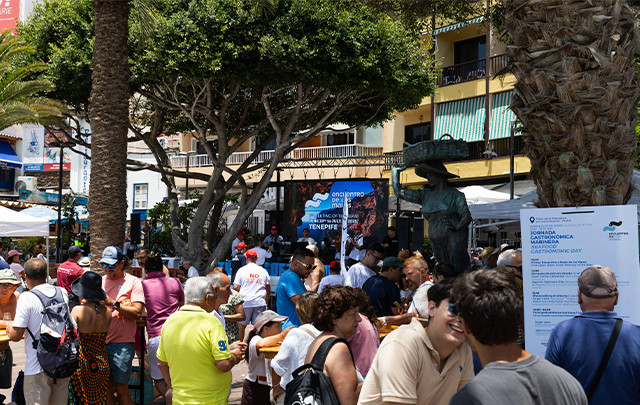News
"If ocean circulation collapses, we're in trouble"
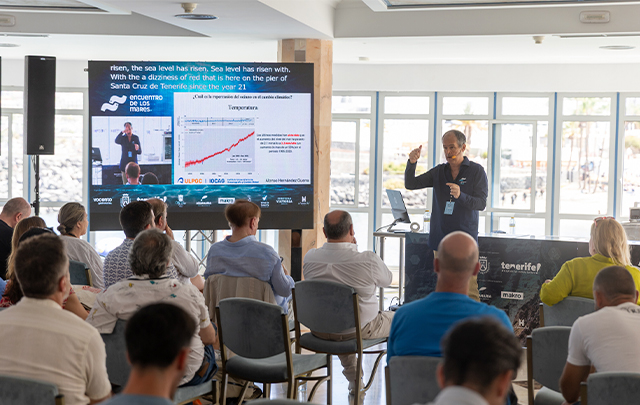
Professor Alonso Hernández Guerra, a specialist in physical oceanography, gives a masterclass on the key role of salt in the global climate.
“The ocean is 96.5% fresh water and contains only 35 grams of salt per litre, mainly in the form of chlorine and sodium. This salt originates from the erosion of rocks by rain, which is carried by rivers to the sea. Other factors include hydrothermal activity and marine volcanism.” This is how Professor Guerra began his presentation. The researcher is the author of more than 80 research articles on physical oceanography and is a member of the External Scientific Advisory Committee of the Spanish National Oceanographic Centre, which is part of the CSIC.
The focus of his presentation was the impact of ocean salinity on climate change, which he illustrated with vivid examples. "The ocean is a fluid that expands when heated, which is why sea levels are currently rising by 3.3 millimetres per year — a total of 25 centimetres over the last 100 years. This has caused us to lose around 6 metres of beach in Spain. If we continue at this rate, we will lose Las Canteras in the Canary Islands,” he warned.
He illustrated amazing phenomena such as brine pools and hypersaline lakes in the depths of the ocean to the audience, explaining that their waters are denser and 10 times more saline, making them lethal to marine fauna that enters them accidentally. However, he focused primarily on the ocean currents that connect all the planet's seas and oceans, whose proper functioning is threatened by climate change. Using a striking video that simulated all the currents around the globe, Alonso defined the Ocean Conveyor Belt as 'a perfect mixer that links surface currents with deeper layers', explaining that it is truly responsible for phenomena such as New York having winters that are 10 degrees colder than Lisbon's.
In his presentation, he showed the audience amazing phenomena such as brine pools and hypersaline lakes in the depths of the ocean. He explained that the waters in these lakes are denser and 10 times more saline, making them lethal to any marine fauna that enters them by accident. However, he focused primarily on the ocean currents that connect all the planet's seas and oceans, which are threatened by climate change. In a striking video simulating currents around the globe, Alonso defined the Ocean Conveyor Belt as 'a perfect mixer that links surface currents with deeper layers', explaining that it is responsible for phenomena such as New York having winters that are 10 degrees colder than Lisbon's.
If global warming in ocean circulation persists, it will cause atmospheric temperatures to rise, leading to disasters such as the melting of Greenland and the release of fresh water into the Arctic. This reduces the salinity and density of the water, meaning that deep water does not form. This causes the collapse of the global conveyor belt, resulting in serious disturbances such as the Filomena snowstorm in Madrid or a dangerous decrease in rainfall in the Amazon," he concluded.




